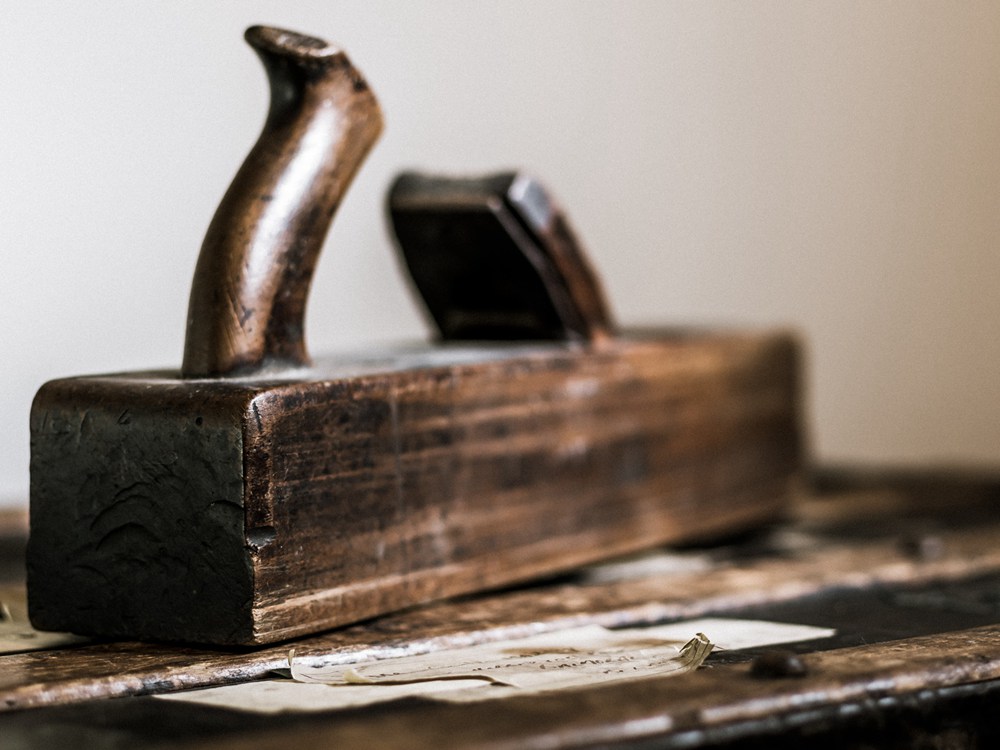If you are a collector or a woodworker, you may have come across antique wood planes. These tools have been used for centuries to create smooth and uniform surfaces on wood, and they are still highly valued today for their beauty and craftsmanship. In this article, we will guide you through the identification and value of antique wood planes.
Wood planes have a rich history that dates back to the 18th century. They were essential tools for creating furniture and other wooden objects, and were often made by skilled craftsmen. Today, antique wood planes are highly sought after by collectors and woodworkers alike. Identifying an antique wood plane can be a challenge, but there are certain features that can help you determine its age and value. In this article, we will explore these features and provide you with a comprehensive guide to identifying and valuing antique wood planes.
Table of Contents
Brief History
Antique wood planes have been used for centuries to shape and smooth wood, and their design has evolved over time to meet the needs of carpenters and woodworkers. The first record of a wood plane dates back to the Roman Empire when they were used to shape wooden beams for construction. The design of these early planes was simple, with a wooden body and a single blade held in place by a wedge.
During the Middle Ages, planes were used to smooth the surface of wood paneling and furniture. As the demand for woodworking grew, so did the need for more specialized planes. Carpenters began to develop different types of planes for specific tasks, such as the jointer plane for flattening and smoothing long boards, and the molding plane for creating decorative moldings.
In the early 19th century, the introduction of machine-made planes revolutionized the industry. These planes were mass-produced and made woodworking more efficient and affordable. However, many craftsmen still preferred the feel and control of hand-made planes, and antique wooden planes continued to be used well into the 20th century.
Antique wood planes come in many different shapes and sizes, and their value depends on a variety of factors, including their age, condition, and rarity. Some of the most valuable antique planes are those made by well-known manufacturers such as Stanley and Bailey. When identifying antique wood planes, it is important to look for features such as an iron blade and lever, which are common in older models.
Types of Wood Planes
When it comes to identifying and valuing antique wood planes, it’s essential to understand the different types of wood planes. Here are some of the most common types of wood planes:
Smoothing Plane
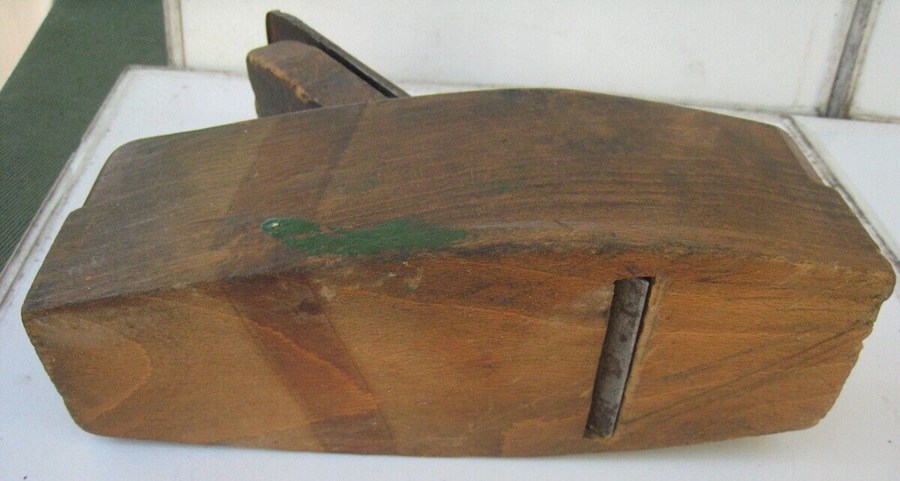
A smoothing plane is used to smooth and finish the surface of the wood. It has a short sole and a wide blade, which is set at a low angle to the sole. The blade is sharpened to a fine edge, allowing it to take very thin shavings.
Jointer Plane
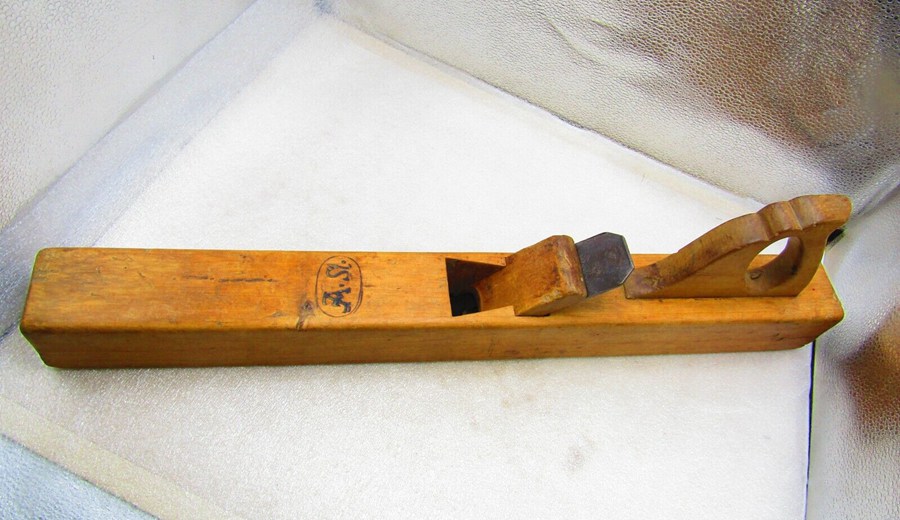
A jointer plane is used to flatten and straighten the surface of the wood. It has a long sole and a wide blade, which is set at a high angle to the sole. The blade is sharpened to a coarse edge, allowing it to remove material quickly.
Molding Plane
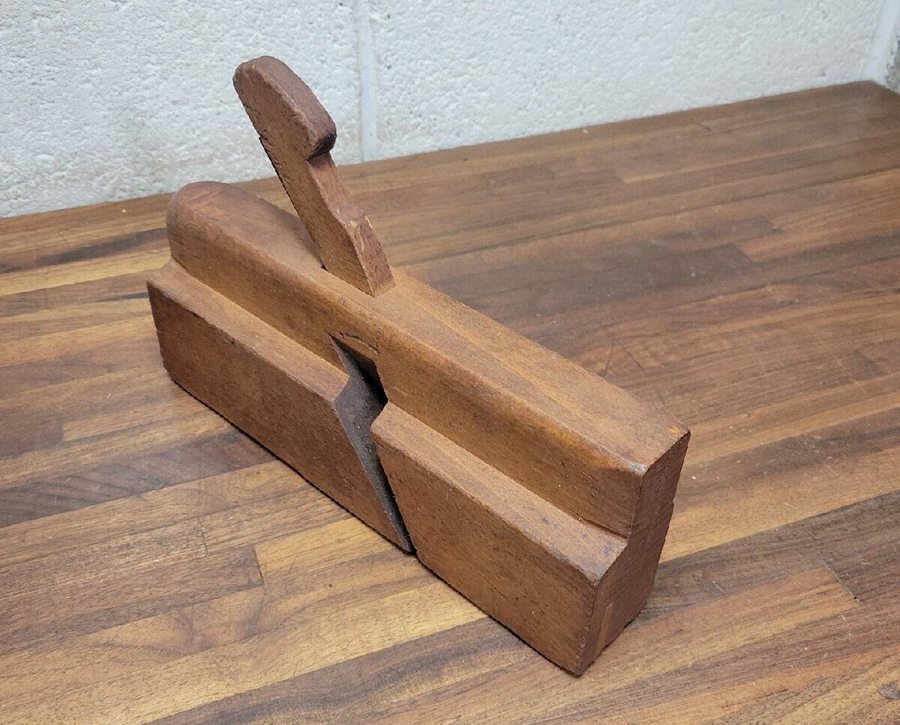
A molding plane is used to shape the wood into a specific profile. It has a wide blade with a shape that matches the desired profile. The blade is set at a low angle to the sole, allowing it to take thin shavings and produce a smooth surface.
Jack Plane
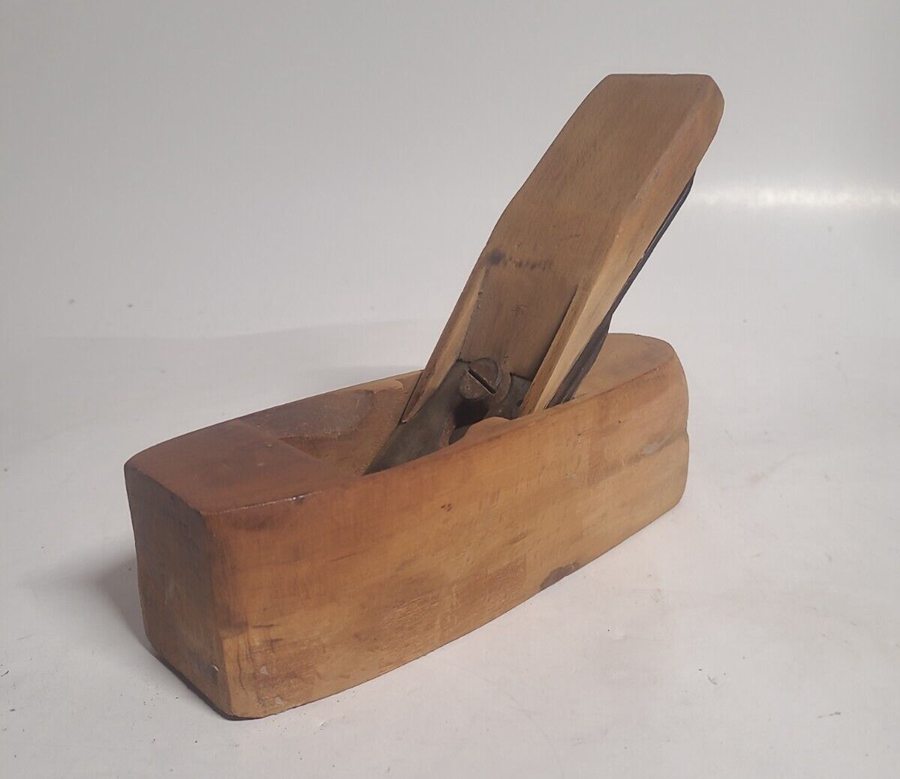
A jack plane is used for rough work, such as removing large amounts of material or flattening a warped board. It has a long sole and a wide blade, which is set at a medium angle to the sole. The blade is sharpened to a medium edge, allowing it to remove material quickly.
Block Plane
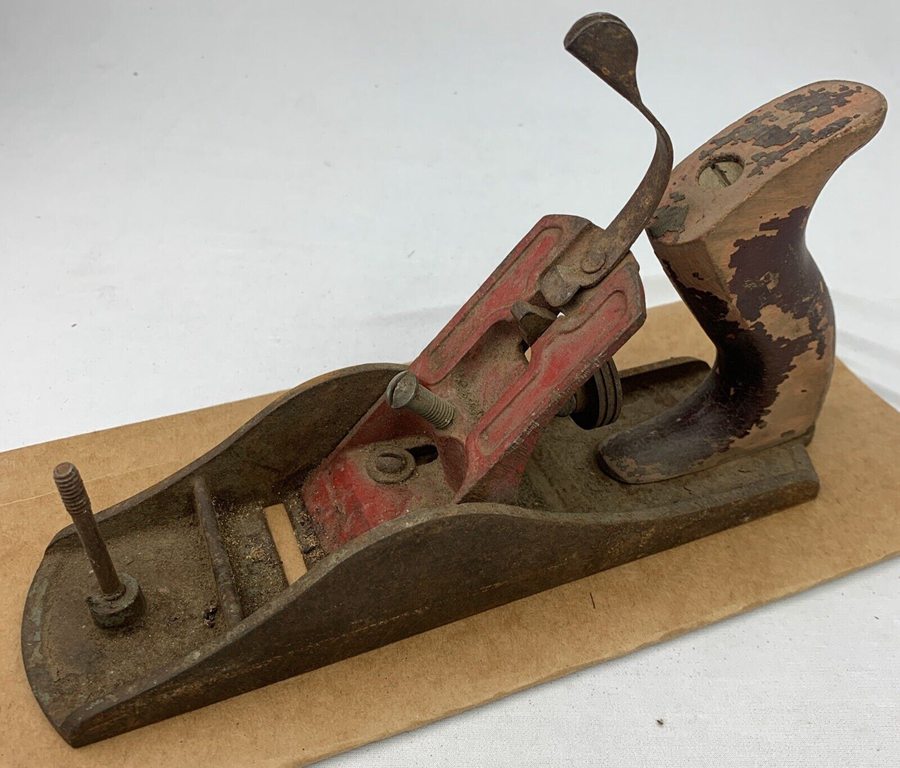
A block plane is used for general-purpose work, such as chamfering edges or smoothing end grain. It has a short sole and a narrow blade, which is set at a low angle to the sole. The blade is sharpened to a fine edge, allowing it to take very thin shavings.
Try Plane
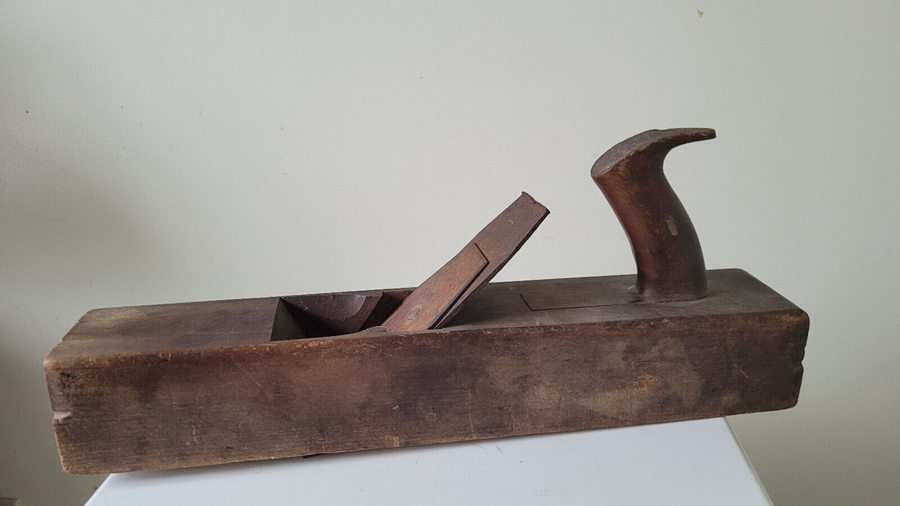
A try plane is used to flatten and straighten the surface of the wood. It is similar to a jointer plane but is shorter and lighter. It has a long sole and a wide blade, which is set at a high angle to the sole. The blade is sharpened to a coarse edge, allowing it to remove material quickly.
Fore Plane
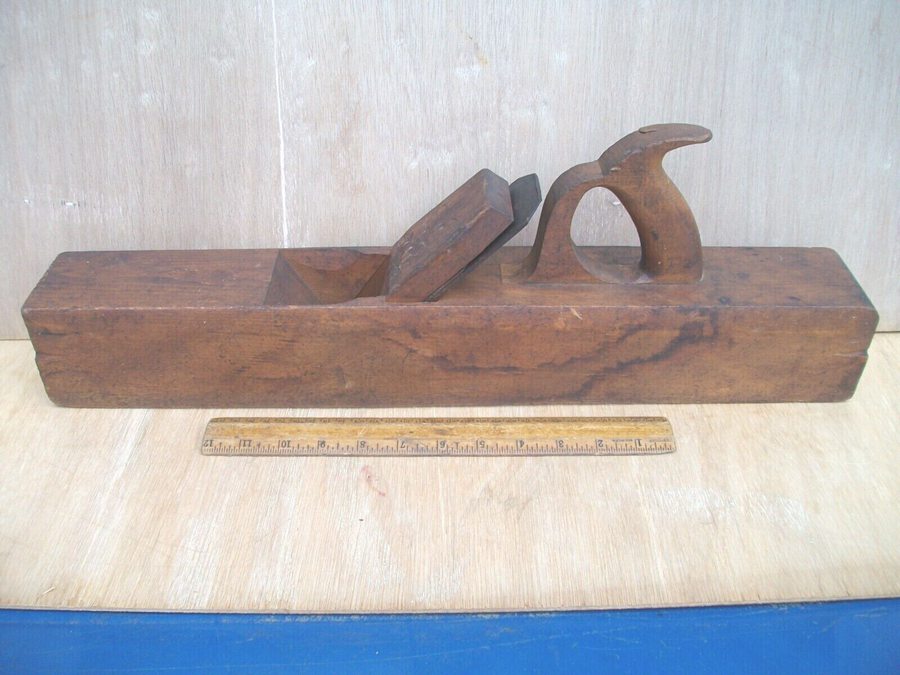
A fore plane is used for rough work, such as removing large amounts of material or flattening a warped board. It is similar to a jack plane but is longer and heavier. It has a long sole and a wide blade, which is set at a medium angle to the sole. The blade is sharpened to a medium edge, allowing it to remove material quickly.
Bench Plane
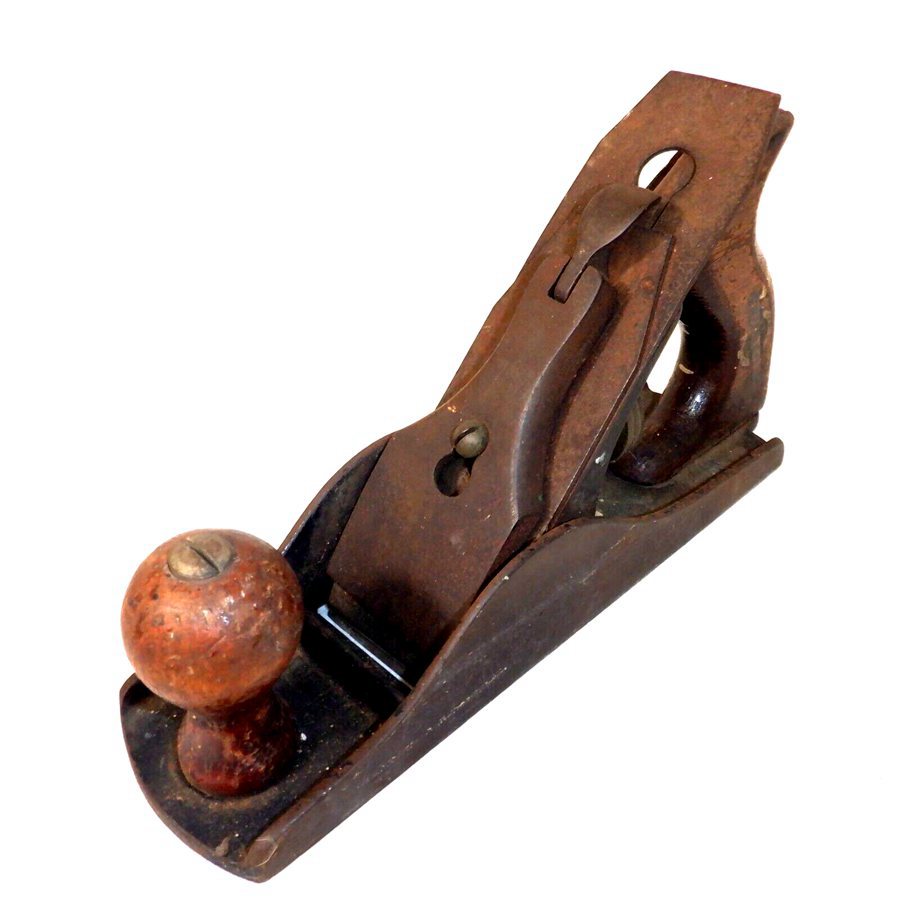
A bench plane is a general-purpose plane that can be used for a variety of tasks, such as smoothing, flattening, and shaping. It has a long sole and a wide blade, which is set at a medium angle to the sole. The blade is sharpened to a medium edge, allowing it to remove material quickly.
Rabbet Plane
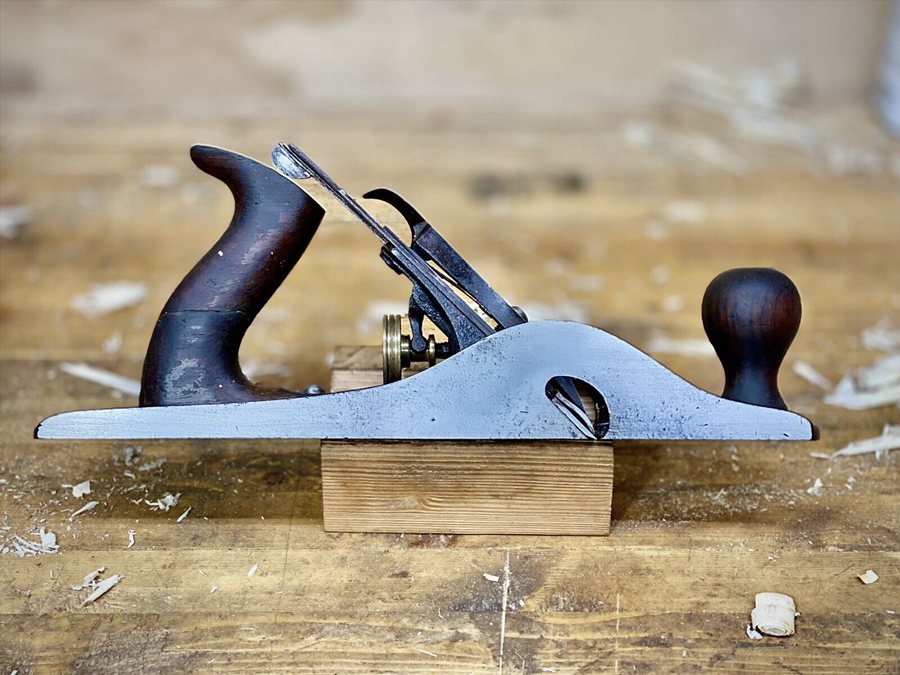
A rabbet plane is used to cut rabbets, or grooves, in the edge of a board. It has a narrow blade that is set in the side of the plane. The blade is sharpened to a fine edge, allowing it to make clean cuts.
7 Factors That Affect Antique Wood Planes & Its Value
1. Make and Model
When it comes to identifying and valuing antique wood planes, one of the most important factors to consider is the make and model. The make refers to the company or individual who produced the plane, while the model refers to the specific design of the plane. Different makes and models can have a significant impact on the value of an antique wood plane.
One of the most well-known makers of antique wood planes is Stanley. Their planes are highly sought after by collectors and woodworkers alike. Some of their most popular models include the Stanley No. 3 smoothing plane, the Stanley No. 4 smoothing plane, and the Stanley No. 7 jointer plane. These planes are known for their high quality and durability, which is why they continue to be popular today.
Another well-known maker of antique wood planes is Millers Falls. Their planes are also highly valued by collectors and woodworkers. Some of their most popular models include the Millers Falls No. 7 smoothing plane and the Millers Falls No. 24 jointer plane. These planes are known for their smooth operation and precision.
In addition to Stanley and Millers Falls, there are many other makers of antique wood planes. Some of these include Sargent, Union, and Ohio Tool Company. Each maker has their own unique style and design, which can affect the value of the plane.
When it comes to valuing antique wood planes, the make and model are just one factor to consider. Other factors include the condition of the plane, the rarity of the model, and the age of the plane. By taking all of these factors into account, you can get a better idea of the true value of an antique wood plane.
Here is a table that shows the average valuation of antique wood planes based on their make:
Make Average Valuation Stanley $100 – $800 Millers Falls $150 – $350 Sargent $50 – $200 Union $50 – $150 Ohio Tool Company $50 – $150
2. Age and Rarity
The age and rarity of antique wood planes are two of the most important factors that affect their value. Generally, the older and rarer the plane, the more valuable it is. However, there are exceptions to this rule, and other factors such as condition, manufacturer, and design can also play a significant role in determining the value of a particular plane.
When it comes to age, planes that date back to the 18th and 19th centuries are typically the most sought after by collectors. These planes were often handcrafted by skilled craftsmen and were made from high-quality materials such as rosewood and ebony. As a result, they are often more valuable than planes from the early 20th century, which were often mass-produced and made from cheaper materials such as beech and maple.
In terms of rarity, there are several factors that can affect the value of an antique wood plane. For example, planes that were made in limited quantities or were only produced for a short period of time are often more valuable than planes that were mass-produced. Similarly, planes that were made by a particular manufacturer who only produced a limited number of planes are often more valuable than planes made by a manufacturer who produced a large number of planes.
To help you determine the value of an antique wood plane based on its age and rarity, we have provided the following valuation table:
Age of Plane Average Valuation 18th Century $500 – $1,000 19th Century $200 – $800 Early 20th Century $50 – $200
Rarity of Plane Average Valuation Limited Production $500 – $1,000 Short Production Period $200 – $800 Limited Manufacturer Production $500 – $1,000 Large Manufacturer Production $50 – $200
Keep in mind that these valuations are only averages and can vary depending on a variety of factors. If you have a particular plane that you are interested in valuing, it is best to consult with an expert or use online resources to get a more accurate estimate of its value.
3. Condition and Parts
When it comes to antique wood planes, the condition of the tool is a critical factor in determining its value. The following are some of the parts that collectors and appraisers look for when assessing the condition of an antique wood plane:
- Blade: The blade of the plane should be sharp and free from rust or damage. Any chips or nicks on the blade can significantly reduce the value of the plane.
- Chip Breaker: The chip breaker should be in good condition and fit snugly against the blade. If it’s loose or damaged, it can affect the performance of the plane.
- Lever Cap: The lever cap should fit securely and be free from damage. A damaged lever cap can affect the blade’s stability and reduce the plane’s value.
- Handles: The handles should be in good condition and free from cracks or damage. Any repairs or replacements can impact the plane’s value.
- Body: The body of the plane should be free from cracks, chips, or damage. Any significant repairs or replacements can affect the plane’s value.
In addition to these parts, the overall condition of the plane is also essential. Planes that have been well-maintained and kept in good condition will generally be more valuable than those that have been heavily used or neglected.
When assessing the value of an antique wood plane, collectors and appraisers will consider all of these factors. The following table provides an overview of how different conditions can affect the value of an antique wood plane:
| Condition | Valuation |
|---|---|
| Excellent | $500 – $800 |
| Good | $300 – $500 |
| Fair | $100 – $300 |
| Poor | Less than $100 |
It’s important to note that these valuations are just a guide, and actual prices can vary depending on the specific make and model of the plane. However, by understanding the condition and parts of an antique wood plane, you can make a more informed decision when buying or selling these valuable tools.
4. Edge and Blades
When it comes to antique wood planes, the edge and blade of the plane are two important factors to consider. The blade is the cutting edge of the plane that does the actual work of shaping and smoothing the wood. The sharper the blade, the better the plane will perform.
One thing to look for when examining the blade is the amount of wear and tear it has experienced. A blade that has been sharpened many times may be shorter than its original length, which can affect its performance. Additionally, if the blade has been damaged or has chips or cracks, it may need to be replaced to restore the plane’s functionality.
Another factor to consider is the type of blade. Some antique wood planes have blades made of high-quality steel, while others may have blades made of lower-grade materials. The type of blade can affect the plane’s performance and value.
To help determine the value of an antique wood plane, there are several factors related to the blade and edge that should be considered. These include:
- Blade material: High-quality steel blades are typically more valuable than blades made of lower-grade materials.
- Blade width: Wider blades are generally more valuable than narrower blades.
- Blade condition: Blades that are in good condition with minimal wear and tear are more valuable than blades that are heavily worn or damaged.
- Blade maker: Some antique wood planes were made by well-known makers, which can increase their value.
To give you an idea of the average valuation of antique wood planes based on their edge and blade, here is a table:
| Blade Type | Average Valuation |
|---|---|
| High-quality steel | $200 – $300 |
| Lower-grade materials | $50 – $100 |
| Wider blades | $150 – $200 |
| Narrower blades | $50 – $100 |
Keep in mind that these valuations are just averages and can vary based on the specific details of the antique wood plane in question.
5. Tote and Knob
When it comes to antique wood planes, the tote and knob are important factors that affect their value. The tote is the handle at the rear of the plane, while the knob is the handle at the front.
The majority of the oldest modern wood planes had their totes and knobs made of rosewood. However, those made after World War II have handles made of beech, which was a cheaper material compared to rosewood. You can distinguish between these woods by the way they look. Rosewood has much bigger pores than beech.
The condition of the tote and knob is also important. If they are cracked, chipped, or missing, it can significantly decrease the value of the plane. On the other hand, if they are in excellent condition, it can increase the value.
Here is a table of average valuations for antique wood planes based on the tote and knob material:
| Tote and Knob Material | Average Valuation |
|---|---|
| Rosewood | $500 – $600 |
| Beech | $250 – $350 |
As you can see, planes with rosewood totes and knobs are generally more valuable than those with beech handles. However, other factors such as the type of plane and its condition can also affect the value.
In addition to the material and condition of the tote and knob, the design of these handles can also impact the value of an antique wood plane. Some planes have totes and knobs with intricate designs, while others have simpler designs. The more intricate the design, the more valuable the plane may be.
Overall, when it comes to antique wood planes, the tote and knob are important factors to consider when determining their value. By taking into account the material, condition, and design of these handles, you can get a better idea of how much a particular plane is worth.
6. Sole and Frog
The sole is the flat bottom surface of the plane that rides on top of the wood. It is important to have a flat and smooth sole to ensure that the plane can glide easily over the surface of the wood. Any imperfections or unevenness in the sole can cause the plane to chatter or skip, resulting in poor quality work.
The frog is the part of the plane that holds the blade in place and allows for adjustments to be made to the depth of the cut. It is important to have a sturdy and well-machined frog to ensure that the blade is held securely and can be adjusted accurately.
When evaluating the value of an antique wood plane, the condition of the sole and frog are important factors to consider. A plane with a flat and smooth sole, and a sturdy and well-machined frog, will generally be more valuable than one with imperfections or damage to these parts.
Here is a table to give you an idea of how different factors can affect the value of an antique wood plane:
| Factor | Average Valuation |
|---|---|
| Sole | $100 – $500 |
| Frog | $50 – $300 |
| Blade | $50 – $200 |
| Age | $50 – $500 |
As you can see, the condition of the sole and frog can have a significant impact on the value of an antique wood plane. However, other factors such as the age of the plane and the quality of the blade should also be taken into consideration when determining its value.
It is important to note that these valuations are only averages, and the actual value of a specific antique wood plane may vary depending on several factors such as its rarity, historical significance, and overall condition.
7. Markings
When identifying an antique wood plane, markings can be a helpful clue. Look for manufacturer’s marks, logos, or numbers on the base of the plane. These markings can indicate the manufacturer, model, or production year of the plane.
Some popular manufacturers of antique wood planes include Stanley, Bailey, and W. & L.E. Gurley. Stanley is one of the most well-known manufacturers and has a variety of markings on their planes. Look for the Stanley logo, which features a heart-shaped leaf, or the number “4” to indicate a smoothing plane. Bailey planes have a “Bailey” logo and the number “5” for a jack plane. W. & L.E. Gurley planes often have a “Gurley” logo and the model number stamped on the base.
In addition to manufacturer’s marks, look for other features on the plane that can affect its value. Antique wood planes with an iron lever cap, a tote or handle, and a knob for grip are typically more valuable. The fore plane of the model should also be at least 16-20 inches long.
Valuation tables can help determine the value of an antique wood plane based on its features. For example, the shape of an antique anvil can affect its value. Here is a table of average valuations for different shapes of antique anvils:
| Antique Anvil’s Shape | Average Valuation |
|---|---|
| Uniform Cube, 4-straight sides | $500 – 600 |
| Rounded Rectangle with One Horn | $450 – 500 |
| Rounded Rectangle with Two Horns | $500 – 600 |
| Cylindrical, Half-Round | $300 – 350 |
| Pyramid, Triangular | $100 – 120 |
| Tear Drop Anvil | $100 – 150 |
| Stepped Anvil | $70 – 80 |
Remember that these valuations are only averages and can vary based on the condition, rarity, and other factors of the antique wood plane.
Final Thoughts
As you have learned, antique wood planes are a fascinating and valuable piece of woodworking history. Whether you are a collector or a woodworker, identifying and valuing these tools can be a rewarding experience.
When it comes to identifying antique wood planes, there are a few key things to look for. A wood plane with an iron blade and lever is likely an antique model worth $200 – $300. However, if you see shiny sides, it is likely a newer, cheaper version.
It is also important to note that there are many different types of wood planes, each with their own unique features and uses. Understanding the different types of planes and their functions can help you better identify and value antique models.
When it comes to valuing antique wood planes, there are a few factors to consider. The condition of the plane, the rarity of the model, and the demand among collectors can all impact the value of a particular piece.
If you are interested in collecting antique wood planes, it is important to do your research and seek out reputable dealers or collectors. With a little knowledge and care, you can build a valuable and fascinating collection of antique woodworking tools.
FAQ
If you’re new to the world of antique wood planes, you may have some questions about identifying and valuing them. Here are some frequently asked questions and their answers:
How do I identify an antique wood plane?
Identifying an antique wood plane involves looking for certain characteristics, such as the presence of an iron blade and lever. However, these features may not always be present, and identifying a plane can be a challenging task. Some resources, such as makers’ marks and company names, may have worn away with time and use. If you’re unsure about the identity of a plane, consider consulting a professional appraiser or doing further research.
What factors affect the value of an antique wood plane?
The value of an antique wood plane depends on several factors, including its age, condition, rarity, and historical significance. Some planes may be more valuable due to their association with a particular maker or historical figure. Other factors that can affect value include the type of wood used, the complexity of the plane’s design, and the presence of any unique features.
How can I care for an antique wood plane?
Caring for an antique wood plane involves taking steps to preserve its condition and prevent damage. Some tips for caring for an antique wood plane include:
- Keeping the plane clean and dry
- Storing the plane in a cool, dry place
- Avoiding exposure to direct sunlight or extreme temperatures
- Using protective covers or cases when transporting the plane
- Avoiding excessive handling or use of the plane
Where can I find antique wood planes for sale?
Antique wood planes can be found for sale at various outlets, including antique shops, online marketplaces, and auctions. However, it’s important to exercise caution when purchasing an antique wood plane, as there are many reproductions and fakes on the market. Be sure to do your research and consult with a professional appraiser before making a purchase.

